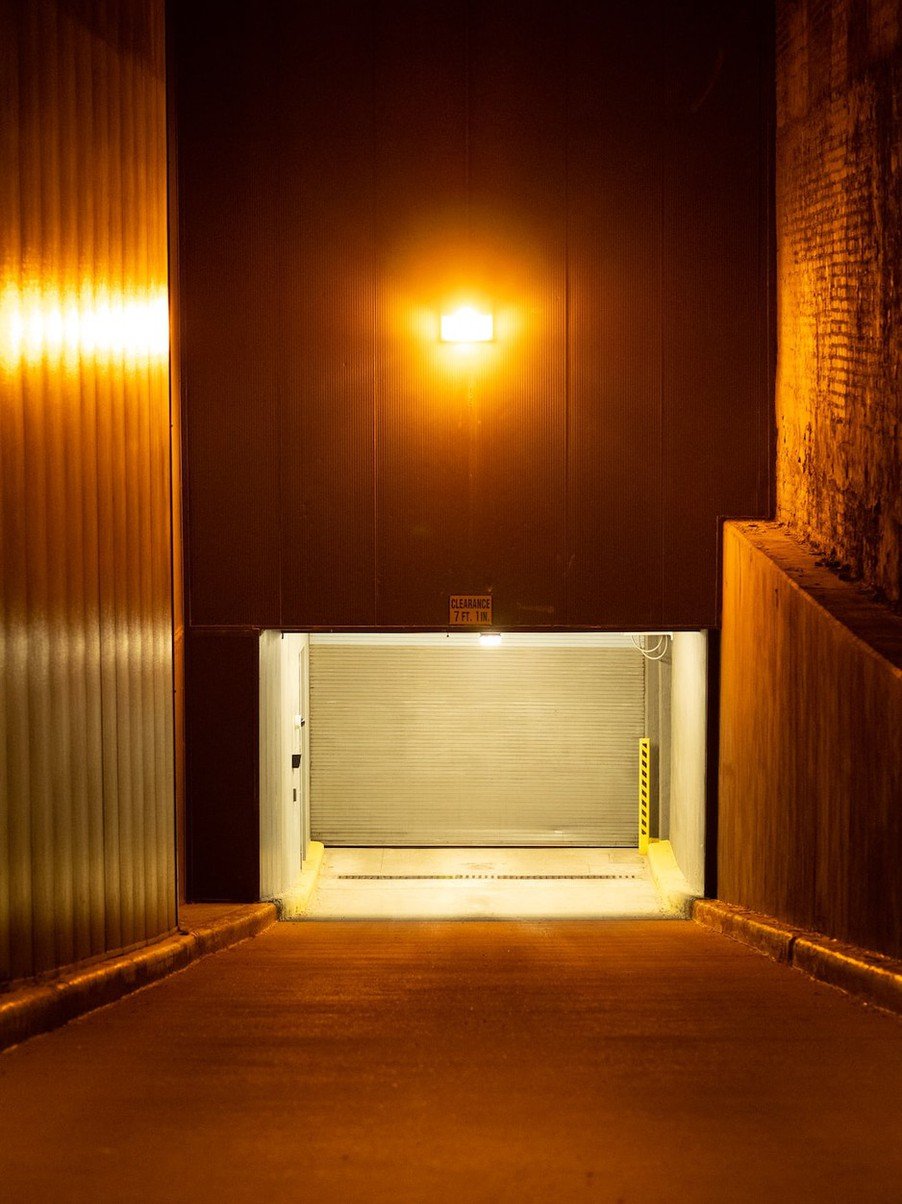Mastering Lighting and Exposure Techniques for Capturing Magnificent Owls
Category : Owl photography tips and tricks | Sub Category : Lighting and exposure techniques for capturing owls Posted on 2023-07-07 21:24:53

Mastering Lighting and Exposure Techniques for Capturing Magnificent Owls
Introduction:
Humans have been fascinated by owls for centuries. They are captivating subjects for wildlife photography because of their appearance and mysterious behavior. When it comes to lighting and exposure, capturing stunning images of owls is a challenge. We'll explore some essential techniques and tips to help you achieve remarkable results when photographing birds of prey.
1 Pay attention to the light.
Natural light is your best friend when it comes to owl photography. It's important to be well-prepared and work with available light sources because owls are active during low light times. The warm light will create a beautiful glow in your images. The golden hour is a great time to experiment with different angles and positions to get the perfect lighting for your shot.
2 Understand exposure settings.
Correct exposure is needed to capture the intricate details of owls. Understanding exposure settings will help you achieve the best results. To create a shallow depth of field, choose a larger f-number to get the owl out of the way. A fast shutter speed is important when photographing owls in flight to freeze their rapid movement, while a slower shutter speed is used to convey their grace and elegance. It is advisable to experiment with different ISO values, but be careful not to set it too high, as it can cause digital noise in your images.
3 Spot metering is used.
Owls with contrasting colors and patterns can pose a challenge for your camera's metering system. Their dark color can cause the camera to overexpose the image. To overcome this, you can use spot metering mode, which allows you to only meter a small area of the frame. By metering the owl's facial disc or chest feathers, you can ensure accurate exposure and preserve the details in your photographs.
4 Try fill flash.
In situations where the ambient light is insufficient or the owl is deep in the shadows, fill flash can illuminate your subject and bring out fine details. Use a flash diffuser or bounce the flash to avoid harsh lighting. To create a natural looking image, make sure to maintain a balanced exposure between the subject and the background.
5 Make use of the reflectors.
Reflectors can be used to manipulate light. A portable light source can help illuminate your owl subject. The fill light that silver or white reflectors produce is very pleasing to the eye and enhances the overall image quality.
Conclusion
When photographing owls, you should be aware of the lighting and exposure. By understanding the behavior of owls and their preferred low light conditions, along with utilizing the right exposure settings, metering techniques, and light modifiers, you can create breathtaking photographs that showcase the beauty and captivating nature of these remarkable creatures. So, take the plunge into owl photography and use these techniques to capture images that will leave your viewers in awe. Happy shooting!
Leave a Comment:
SEARCH
Recent News
- Zurich, Switzerland is not only known for its picturesque landscapes and vibrant culture but also for its diverse wildlife. While the city may be more commonly associated with its financial sector and luxury shopping, there are some rare and fascinating animals that call Zurich home.
- YouTube Content Creation: Showcasing Rare Animals through Translation
- If you are a nature enthusiast and love learning about rare and exotic animals, there are several YouTube channels dedicated to showcasing these fascinating creatures in their natural habitats. These channels provide a unique opportunity to educate yourself about lesser-known species and the importance of conservation efforts.
- The Importance of Developing Rare Skills Like a Rare Animal in the Workplace
- Women in Politics: Breaking Barriers and Making History
- Warsaw, the capital city of Poland, is not only known for its rich history and beautiful architecture but also for its unique and diverse wildlife. Despite being a bustling urban center, Warsaw is home to some rare and fascinating animals that can be found in various parks, forests, and reserves in and around the city.
- Vietnam is a country known for its rich culture, beautiful landscapes, and delicious cuisine. However, it is also home to a variety of rare and endangered animals that are found nowhere else in the world. In recent years, some Vietnamese businesses and companies have taken initiatives to help protect these precious species and their habitats.
- Vienna, the capital city of Austria, is known for its rich history, stunning architecture, and vibrant cultural scene. But did you know that Vienna is also home to a variety of rare and interesting animals? From exotic species at the Vienna Zoo to elusive wildlife in the surrounding countryside, there are plenty of fascinating creatures to discover in and around this beautiful city.
READ MORE
2 months ago Category : owlo

Zurich, Switzerland is not only known for its picturesque landscapes and vibrant culture but also for its diverse wildlife. While the city may be more commonly associated with its financial sector and luxury shopping, there are some rare and fascinating animals that call Zurich home.
Read More →2 months ago Category : owlo

YouTube Content Creation: Showcasing Rare Animals through Translation
Read More →2 months ago Category : owlo

If you are a nature enthusiast and love learning about rare and exotic animals, there are several YouTube channels dedicated to showcasing these fascinating creatures in their natural habitats. These channels provide a unique opportunity to educate yourself about lesser-known species and the importance of conservation efforts.
Read More →2 months ago Category : owlo
